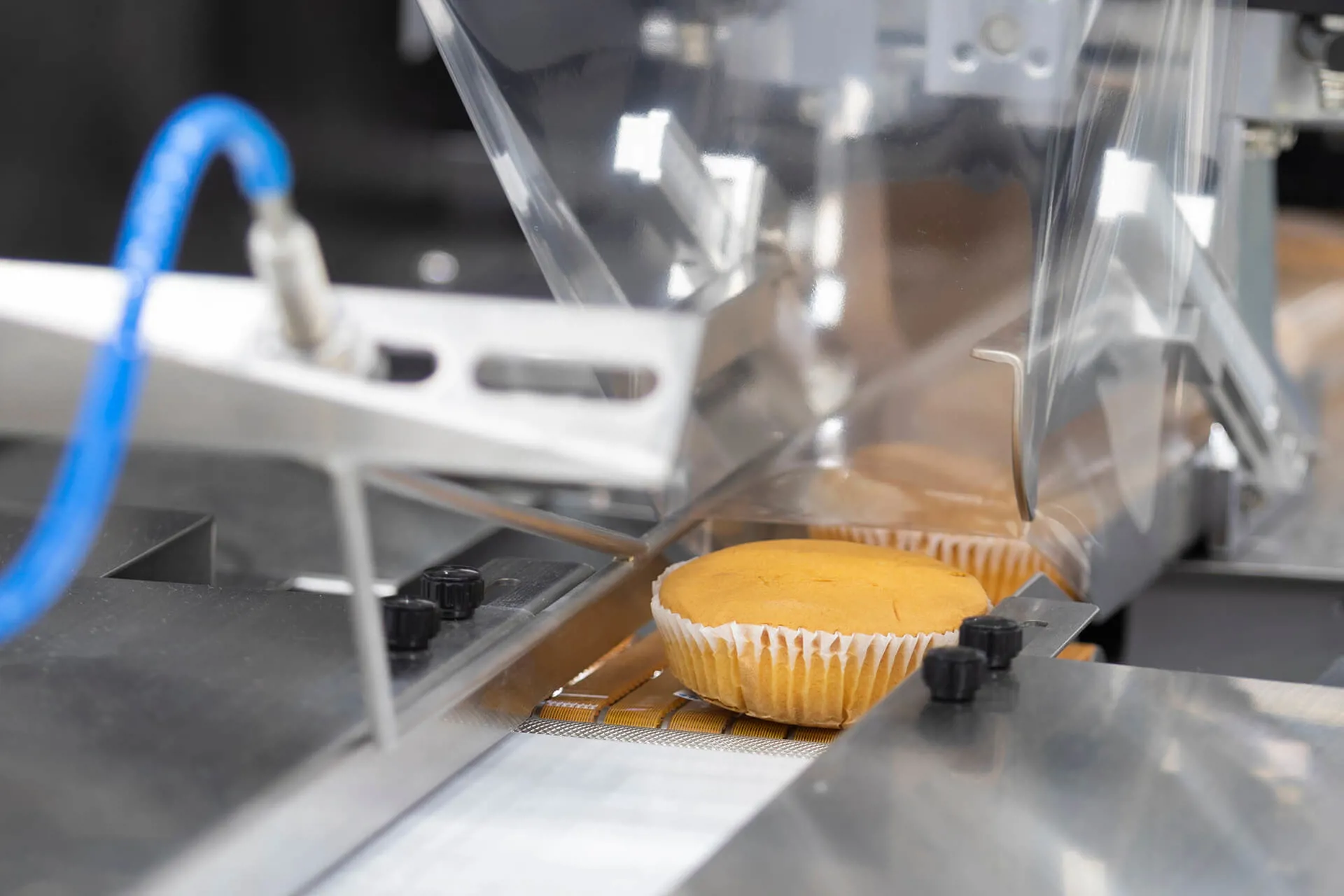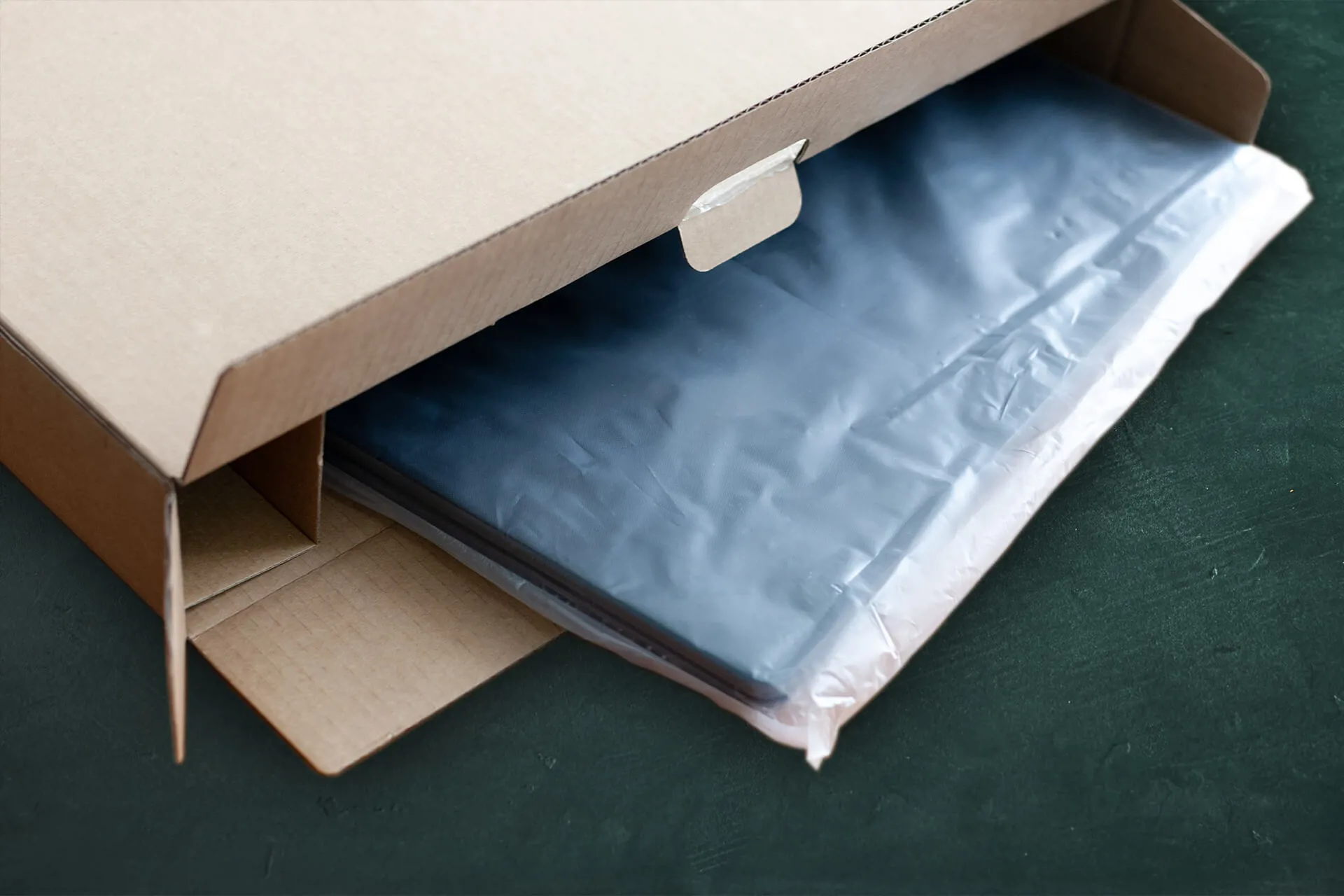
FEATURE ARTICLE
FEATURE ARTICLE
The plastics industry has made strides towards achieving circularity, but there are still unresolved issues, especially in the realm of flexible packaging, particularly polyethylene (PE). Consumers and regulatory bodies are pressuring brand owners and manufacturers to enhance the recyclability of their packaging products.
In this article, we explore how to address this challenge and enhance the sustainability of packaging materials.

One way to address this challenge is by transitioning from complex multi-material solutions to simpler mono-material alternatives. The trend towards mono-material packaging offers substantial environmental benefits. By adopting mono-material solutions, manufacturers can improve sustainability within the fast-moving consumer goods (FMCG) industries. These packaging designs simplify the recycling process by utilising a single type of material, making it easier to separate and reprocess at the end of its product life-cycle.
Mono-material packaging reduces the reliance on complex and mixed materials that are challenging to recycle, thereby minimising waste and enhancing resource efficiency. For instance, PE coffee bags typically employ a traditional aluminium coating for anti-static performance and barrier properties. However, the combination of plastic film and aluminium in these bags renders them difficult, if not impossible, to recycle, resulting in a potential loss of valuable material.
To overcome this issue, the aluminium coating can be eliminated, but this would entail losing efficient anti-static performance. An effective solution partly lies in replacing the aluminium coating with a high-performance anti-static additive incorporated into the PE film formulation. Among the available options, Einar® 601 stands out as the most promising choice for achieving efficient anti-static protection in mono-layer PE film at low concentrations.
The addition of Einar® plant-based anti-static agents has no adverse effects on the recyclability of the packaging polymer or on the properties of the recycled material. Einar® 601, for instance, is a polyglycerol ester made exclusively from fatty acids of vegetable origin. Supplied in off-white paste form, it is typically applied in low loading levels of only 0.1% to 0.6% and is fully compatible with existing PE recycling streams.
By employing this plant-based additive, not only does the packaging become more recyclable, but it also attains worldwide food-contact approval. Moreover, anti-static flexible packaging created with Einar® 601 significantly reduces the carbon footprint compared to aluminium-coated structures.
Compared to traditional anti-static additives like ethoxylated amines, Einar® 601 demonstrates excellent performance in terms of static decay time (SDT) when incorporated into LDPE. SDT measures the rate at which a charged surface of 5000V dissipates to 500V, with a shorter SDT indicating better performance. Einar® 601 exhibits an SDT of less than 2 seconds, which is considered outstanding performance, and one that is by no means matched by conventional ethoxylated amine solutions.
Palsgaard offers technical support and expertise to assist manufacturers in the proper utilisation of Einar® additives. This guidance ensures that manufacturers can effectively incorporate the additives into their production processes while maximising safety and performance.


FEATURE ARTICLE

TECHNICAL ARTICLE

FEATURE ARTICLE

FEATURE ARTICLE